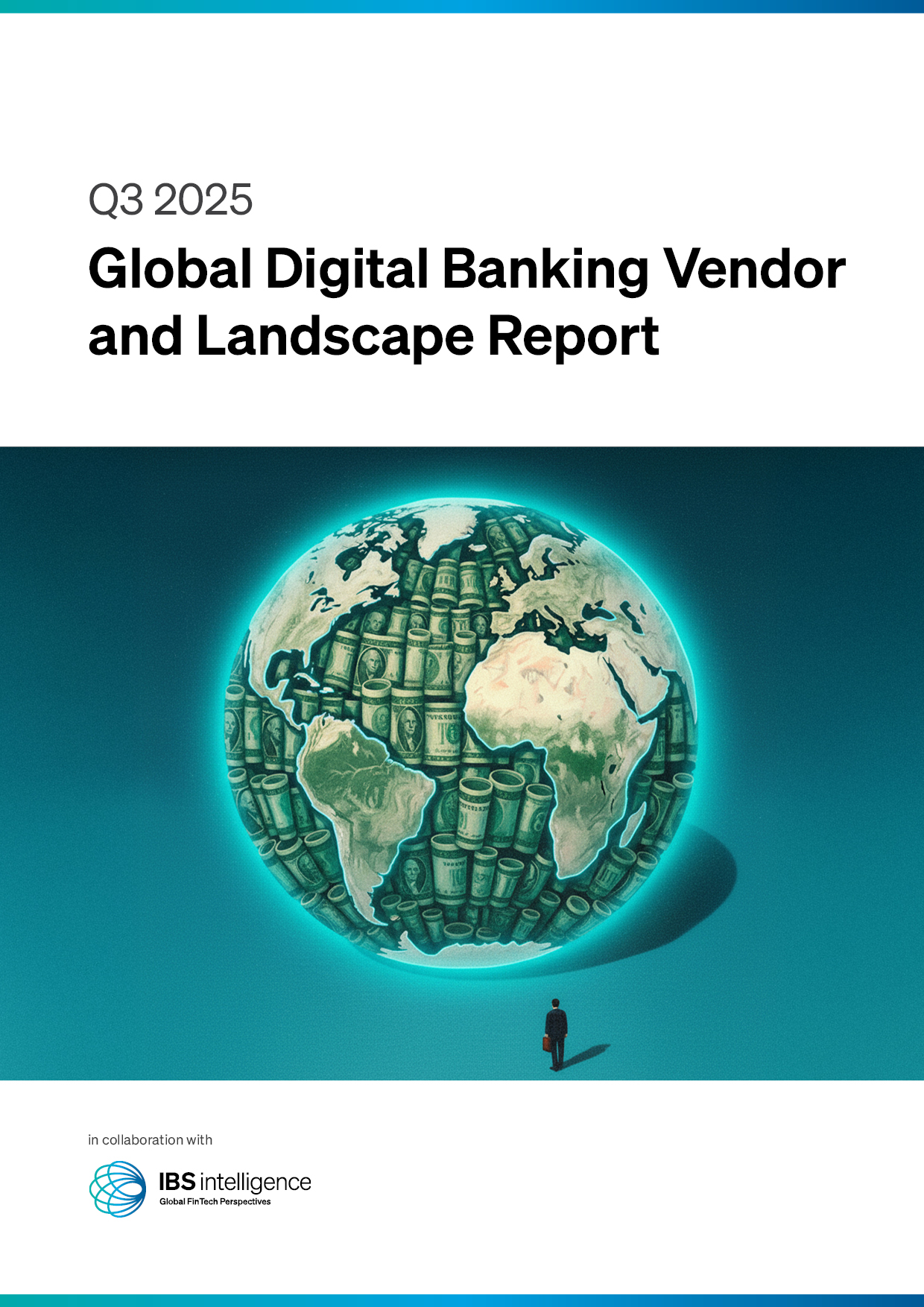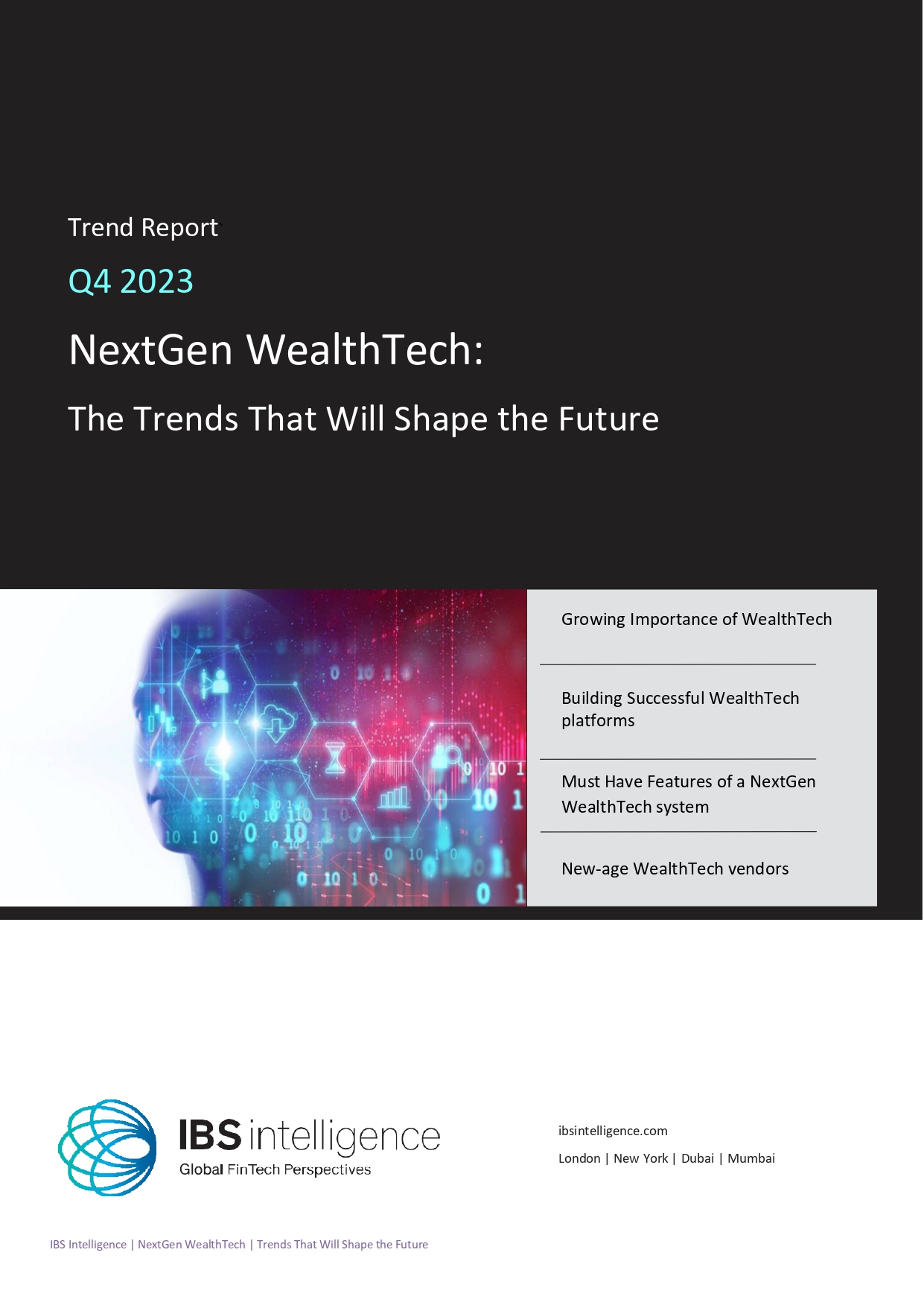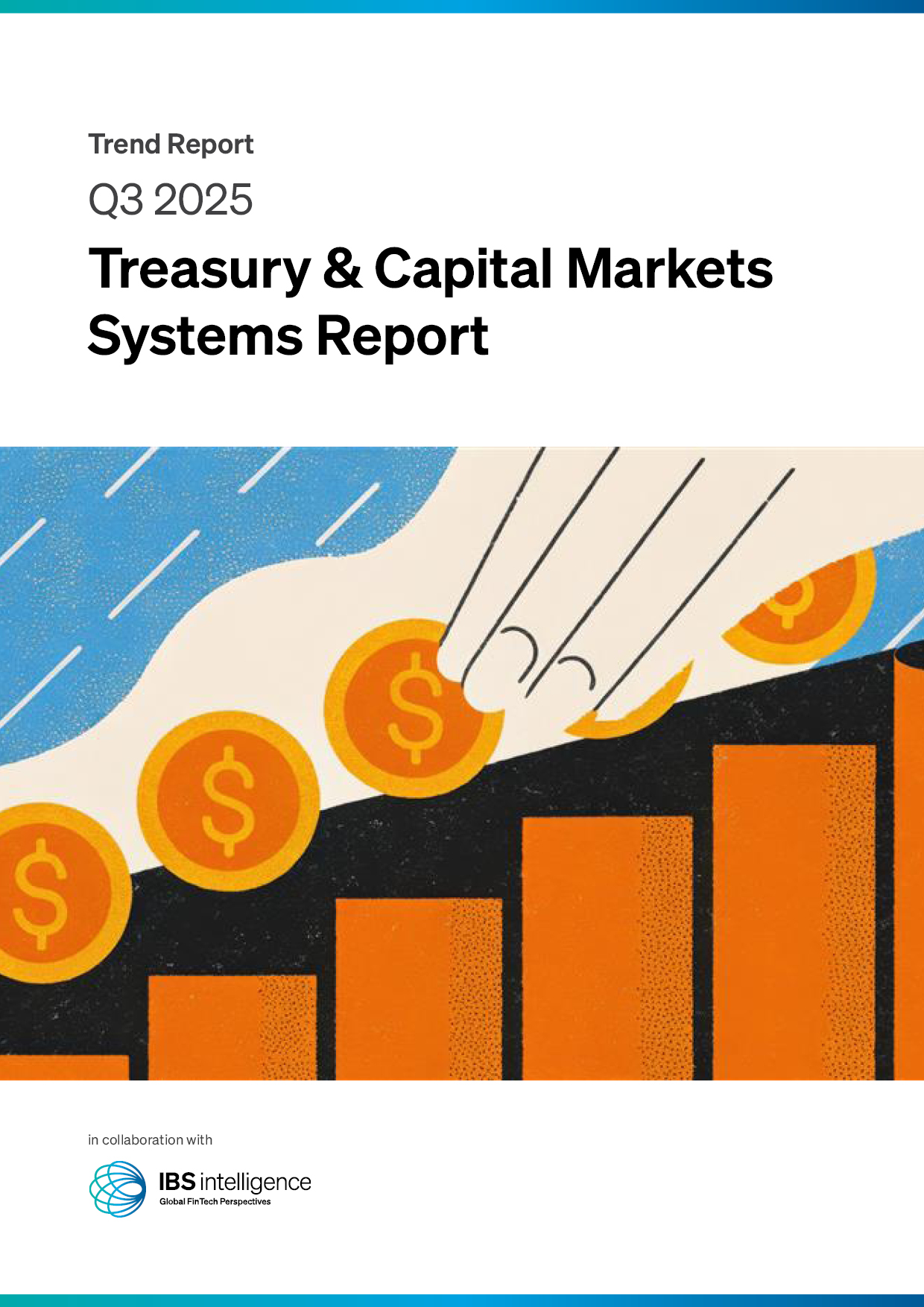 Back
Back
Embedded Insurance: powering the next wave of customer-centric startups
By Mayank Gupta, Co-founder & COO, Zopper

Indian consumers lead the world in demand for contextual and embedded insurance from their banks. Global data also cites that EI premiums, which are forecasted to reach $500 billion by 2030, account for 20% of the overall insurance market. These data reflect a gradual but entirely positive shift among Indian customers from traditional to innovative insurance product consumption.
If we delve deeper, embedded insurance and finance present a trillion-dollar opportunity for InsurTechs, creating new revenue streams and reducing distribution costs by focusing more on the mid-market and tier II/III regions for improved revenue generation.
Embedded insurance isn’t just a change in the distribution model but a holistic shift in how customers think about insurance and its role in their lives, providing more power, flexibility, and control. Embedded insurance flips the script. Instead of selling insurance as a separate product, it becomes part of the customer experience — invisible, intuitive, and built directly into the moments when it matters most.
Let’s explore the potential of embedded insurance and how InsurTechs and financial institutions have leveraged this trend to stay competitive.
Personalised offerings for better customer service:
- Instant gratification: Insurtechs / Insurers and financial institutions have provided instant credit offers at the time of any purchase, especially for heavy-duty home appliances, furniture, etc. They show the customer a low-interest instalment loan option, increasing the purchase chances.
- Rewards: InsurTechs have begun using spending analytics to offer targeted rewards. For instance, if the spending data indicates that a customer is purchasing items from a specific aisle at a grocery store, then a bank can offer cashback points at that store.
- Product Recommendations: Embedded finance and insurance enable dynamic product recommendations for savings accounts, insurance, retirement plans, or any other product tailored to users’ spending, income patterns, or life events. Relevant offers at the right time make for satisfied customers and pave the way for greater cross-selling opportunities.
- API-based integrations with eCommerce, travel, and healthcare platforms, as well as seamless data exchange, enable insurers to identify prospective customers and pitch their offerings during the purchasing process. This move significantly reduces distribution costs and shifts the customer mindset towards insurance and protection.
Establishing a robust architecture:
Insurance APIs, modular architectures, automated workflows, and robust platform setups are revolutionising the insurance industry by enhancing efficiency, flexibility, and customer satisfaction. APIs enable seamless integration across systems, facilitating real-time data exchange, automated underwriting, and secure data sharing, streamlining operations and reducing manual interventions. Modular architectures allow insurers to develop customisable products without extensive code changes, fostering innovation and adaptability to evolving market demands.
Automated workflows minimise manual tasks, accelerating processes like claims handling and policy management, which improves operational efficiency and reduces errors. Robust platform setups ensure high performance, security, and optimised data management, supporting advanced analytics capabilities that provide meaningful insights for informed decision-making. These components have empowered insurers to deliver superior products and services, enhancing customer experiences and maintaining competitiveness in a dynamic market.
Helping bridge the insurance protection gap in India:
Innovations in technology, supportive regulatory developments, and a vibrant ecosystem of insurers, InsurTechs and distribution partners are converging to redefine how protection is delivered across demographics and geographies. However, there are several gaps, and one of the significant challenges is affordability and accessibility, particularly in Tier II and III areas.
Furthermore, a lack of understanding about products, top-ups, and affordable sachet-sized options remains a significant oversight. Insurtechs do what FinTech does for the financial services sector – connecting insurers with distribution partners by providing them with an end-to-end infrastructure layer to distribute their insurance products. Insurtech will be pivotal in helping key distribution partners determine the right insurance and product combination that best suits their requirements and bridge the protection gap. The role of an InsurTech is to help large companies with captive audiences that want to offer insurance to their customers; they become the core customers to whom the brands provide all InsurTech infrastructure.
AI’s potential in the future:
AI is rapidly transforming the entire insurance industry, primarily driven by InsurTechs that are at the forefront of adopting cutting-edge technology. With AI transforming insurance as a whole and financial ecosystem—claims, distribution, and underwriting—InsurTechs and insurers worldwide, including those in India, are accelerating their businesses by adopting cutting-edge technology and AI to enhance customer experience. AI is revolutionising the way insurance agents are working, learning, and connecting with consumers, especially in diverse and underserved regions. While it’s well known that AI in InsurTech relies on a prodigious amount of data and analytics, what’s less apparent to those coming to grips with new technology is how the results of this process can be applied to customer personalisation.
Embedded insurance is poised to be the norm rather than the exception across various sectors, from digital commerce and travel to automotive and live events. Consumers will simply expect the brands they trust to offer options that add value to their purchases, including protection solutions that consider financial security.
IBSi News

November 06, 2025
AI
Digital intelligence for a greener banking future, Jo Paisley, President, Global Association of Risk Professionals (GARP)
Read MoreGet the IBSi FinTech Journal India Edition
- Insightful Financial Technology News Analysis
- Leadership Interviews from the Indian FinTech Ecosystem
- Expert Perspectives from the Executive Team
- Snapshots of Industry Deals, Events & Insights
- An India FinTech Case Study
- Monthly issues of the iconic global IBSi FinTech Journal
- Attend a webinar hosted by the magazine once during your subscription period
₹200 ₹99*/month
* Discounted Offer for a Limited Period on a 12-month Subscription
IBSi FinTech Journal

- Most trusted FinTech journal since 1991
- Digital monthly issue
- 60+ pages of research, analysis, interviews, opinions, and rankings
- Global coverage
Other Related Blogs
November 03, 2025





